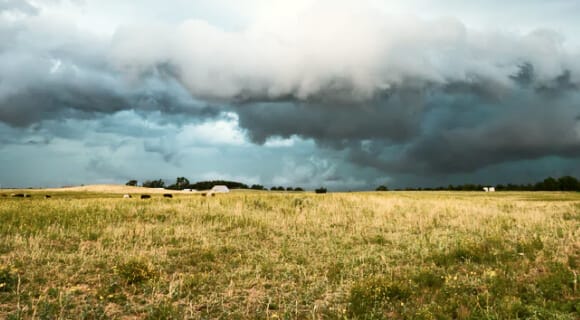IMPACT OF CLIMATE CHANGE ON LAND SURVEYING AND INFRASTRUCTURE DEVELOPMENT
Climate change is one of the biggest challenges facing our planet today. The changing climate has a significant impact on our environment, including land surveying and infrastructure development. These changes affect the way we approach land surveying and infrastructure development, making it important to understand the implications of climate change on these sectors.
The impact of climate change on land surveying
Land surveying is the process of determining the exact location and measurements of features on the earth’s surface. Climate change has an impact on land surveying in several ways, including:
- Sea-level rise: As global temperatures continue to rise, sea levels are also rising. This means that coastlines are eroding and flooding is becoming more frequent. This has a significant impact on land surveying, as surveyors must take into account the changing coastline when measuring boundaries and determining property lines.
- Changing weather patterns: Climate change is causing more extreme weather events, such as hurricanes and floods. These events can cause significant damage to infrastructure and can make it more difficult for surveyors to work in affected areas.
- Soil erosion: Climate change is causing soil erosion, which can affect the accuracy of land surveying measurements. Soil erosion can cause changes in the topography of an area, making it more difficult for surveyors to accurately measure the land.
The impact of climate change on infrastructure development
Infrastructure development is the process of building and maintaining essential facilities, such as roads, bridges, and buildings. Climate change has a significant impact on infrastructure development, including:
- Extreme weather events: As mentioned earlier, climate change is causing more extreme weather events, such as hurricanes and floods. These events can cause significant damage to infrastructure, making it more difficult and expensive to build and maintain.
- Changing temperature patterns: Climate change is causing changes in temperature patterns, which can affect the performance and durability of infrastructure. For example, roads and bridges may deteriorate more quickly in areas with extreme temperature changes.
- Increased energy demands: Climate change is causing an increase in energy demands, as people rely more on heating and cooling systems to cope with changing temperatures. This puts additional strain on infrastructure, such as power grids, making it more difficult to maintain and upgrade these systems.
Conclusion
Climate change is having a significant impact on land surveying and infrastructure development. Surveyors and infrastructure developers must take into account the changing climate when planning and building new projects. This includes considering the potential impact of extreme weather events, sea-level rise, and changing temperature patterns on infrastructure. By taking a proactive approach, we can minimize the negative impact of climate change on these important sectors and create a more sustainable future.


